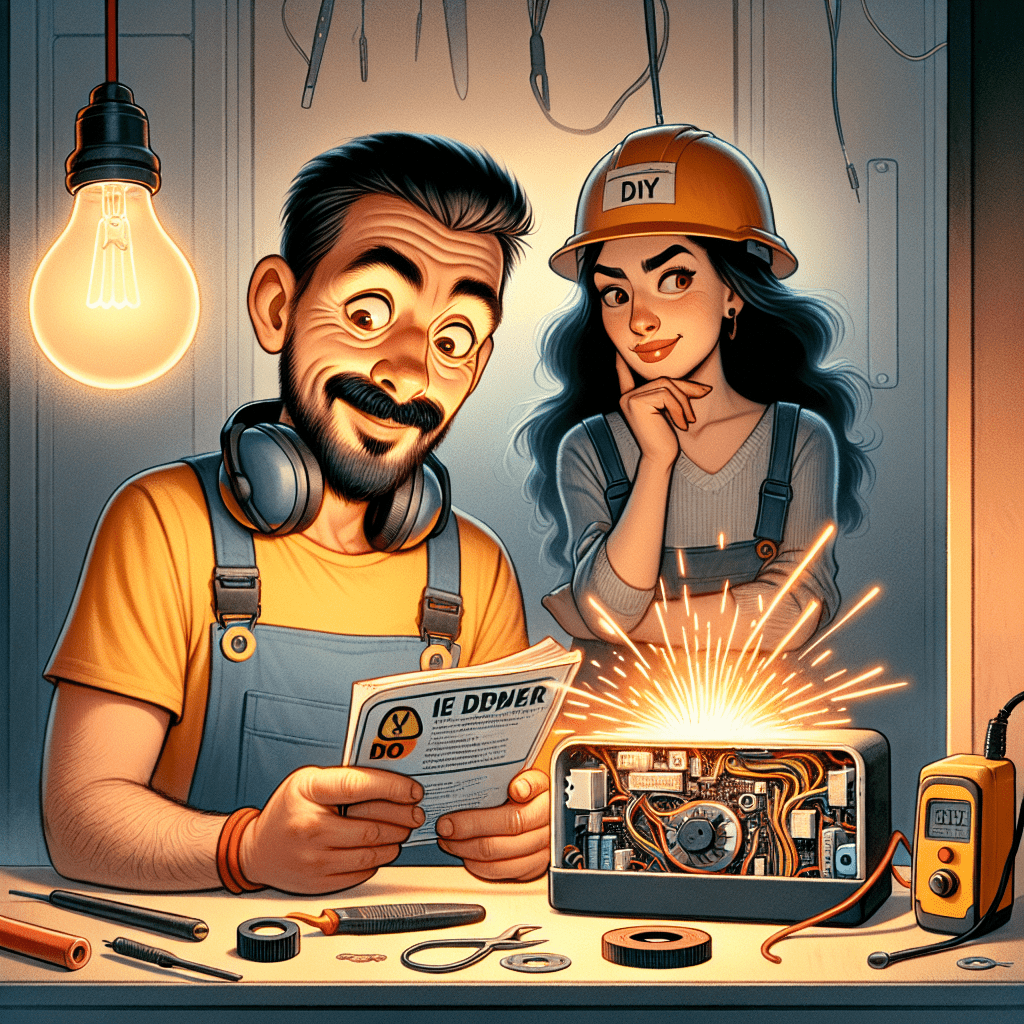The Dos and Don’ts of DIY Electrical Troubleshooting
Electrical troubleshooting can be a daunting task for many homeowners. While it’s important to be knowledgeable about your home’s electrical system, it’s also crucial to exercise caution when attempting to fix electrical issues yourself. In this article, we will discuss the dos and don’ts of DIY electrical troubleshooting to help you stay safe and prevent further damage to your home.
The Dos
1. Turn off the power
Before starting any electrical work, always turn off the power to the circuit you are working on. This will prevent any accidents or injuries from occurring while you are troubleshooting the issue.
2. Use the right tools
Make sure you have the correct tools for the job before you begin. This includes insulated screwdrivers, wire strippers, and voltage testers. Using the right tools will help you work efficiently and safely.
3. Follow safety precautions
Wear protective gear such as gloves and safety glasses when working with electricity. Also, be sure to work in a well-lit area and avoid working on electrical issues alone.
4. Consult resources
If you are unsure about how to troubleshoot an electrical issue, consult resources such as online tutorials, manuals, or seek advice from a professional electrician.
The Don’ts
1. Don’t work on live circuits
Never attempt to work on live circuits as this can be extremely dangerous. Always shut off the power before starting any electrical work to avoid electrocution.
2. Don’t ignore warning signs
If you notice any warning signs such as flickering lights, tripped breakers, or burning smells, don’t ignore them. These could be indications of a serious electrical issue that needs to be addressed immediately.
3. Don’t overload circuits
Avoid overloading circuits by plugging too many devices into a single outlet. This can lead to overheating and potentially start a fire. Use power strips or extension cords when necessary to distribute the load evenly.
4. Don’t attempt complex repairs
If you are not confident in your ability to troubleshoot an electrical issue, don’t attempt complex repairs on your own. It’s best to call a licensed electrician who has the expertise to fix the problem safely and efficiently.
Conclusion
DIY electrical troubleshooting can be a rewarding experience if done correctly. By following the dos and don’ts outlined in this article, you can protect yourself and your home from potential hazards. Remember to always prioritize safety and seek professional help when necessary to ensure the job is done right.
FAQs
Q: How do I know when to call an electrician instead of troubleshooting on my own?
A: If you are unsure about how to fix an electrical issue or if it involves complex wiring, it’s best to call a licensed electrician. They have the expertise and tools to handle the problem safely.
Q: Can I troubleshoot electrical issues in my rental property?
A: It’s important to refer to your rental agreement before attempting any electrical work in a rental property. Some landlords may require you to seek permission or hire a professional for electrical repairs to avoid liability issues.
TIP
When in doubt, always err on the side of caution and seek professional help. It’s better to be safe than sorry when dealing with electrical issues in your home.
#Dos #Donts #DIY #Electrical #Troubleshooting

